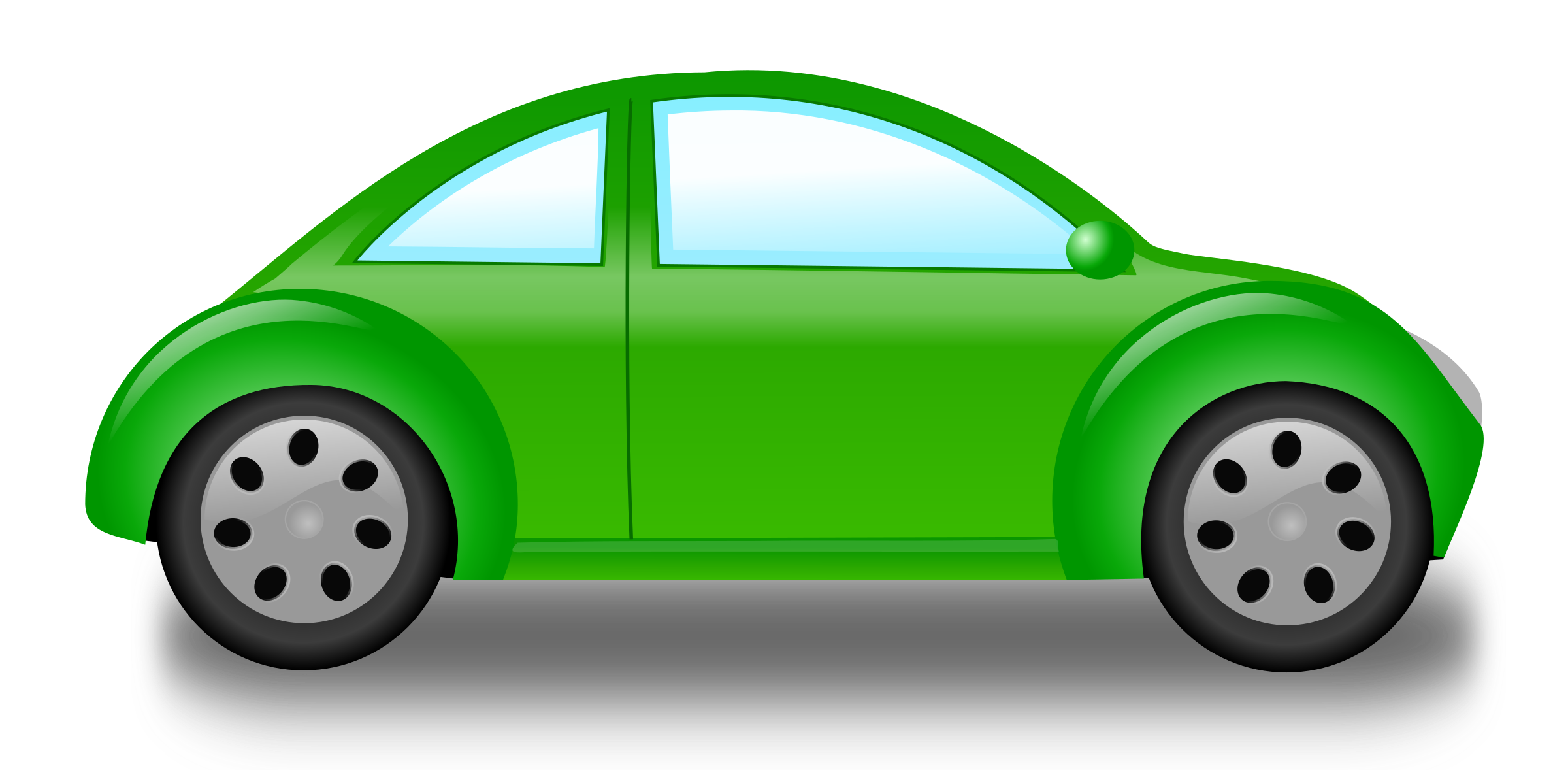Car washing is not just a routine chore; it’s an act of love that reflects pride in vehicle ownership. One of the most effective methods to give your car the rejuvenating bath it deserves is by employing a pressure washer. This powerful tool can remove grime, dirt, and stubborn debris that traditional washing methods may leave behind. In this article, we will delve into the art of car washing using a pressure washer, providing you with tips and tricks, along with a comprehensive guide to achieving that showroom shine.
Understanding Pressure Washers
The first step in mastering pressure washing for your vehicle is to understand the device itself. Pressure washers operate by expelling water at high pressure, which effectively dislodges dirt particles from surfaces. They come in various types — electric, gas-powered, and even portable models. Each has its advantages and drawbacks. For car washing, electric pressure washers are often preferred due to their lower power output and quieter operation, making them suitable for home use.
When selecting a pressure washer for car care, aim for a model with a pressure rating of 1300 to 1900 PSI (pounds per square inch). This range is adequate for safely cleaning vehicles without damaging the paint. Higher pressure ratings can lead to unintentional wear, while lower ratings may not effectively remove the stubborn grime.
Essential Equipment
Alongside your pressure washer, a few additional tools and products will enhance your car washing experience:
- Foam Cannon: This attachment combines soap and water to create a thick foam layer that clings to your car’s surface, allowing for dirt to loosen easily.
- Microfiber Towels: These towels are essential for drying your car post-wash, as they are less abrasive than traditional cloths.
- Brushes: Soft-bristled brushes can be useful for scrubbing harder-to-reach areas like rims and grills.
- Car Wash Soap: Choose a pH-neutral car wash formula to maintain your vehicle’s finish and avoid corrosion.
Preparing for the Wash
Preparation is key to executing a successful pressure wash. Start by selecting the right environment — ideally, you want to wash your car in a shaded area to prevent soap from drying prematurely. Before you even plug in your pressure washer, gather all your supplies and set up your workspace. This will ensure a seamless flow during the cleaning process.
Next, inspect your car for any areas of concern. Look for scratches, chips, or peeling paint, as high pressure may exacerbate these issues. If your car has any large patches of dirt or mud, it’s advisable to rinse these off with a garden hose first to prevent clogging the pressure washer.
The Washing Process
Now comes the captivating part — the wash itself. Start by connecting your pressure washer to the water supply and, if applicable, setting up your foam cannon with soap and water.
1. Apply Foam: Begin the washing process by applying a dense layer of foam over the entire surface of your car, allowing it to sit for a few minutes. This will help break down any stubborn grime.
2. Technique is Key: While pressure washing, maintain a distance of approximately 2 to 3 feet between the nozzle and the car surface to avoid damaging the paint. Use sweeping motions rather than concentrated blasts, ensuring you cover every area evenly.
3. Rinse Thoroughly: After foam application, rinse your car thoroughly, ensuring no soap residue remains. You may want to keep a watchful eye on areas under the wheels and at the base of doors, where dirt can accumulate.
4. Detailing: For particularly tough spots like brake dust on rims or muddy wheel wells, a soft-bristled brush can help give those areas the extra attention they require.
Drying Techniques
Once rinsed, your car will need to be dried effectively. Use large microfiber towels to absorb water efficiently without scratching the paint. Alternatively, you can use a blower to blow off excess water, especially in crevices. This will prevent water spots from forming, which can be an eyesore.
Finishing Touches
After your vehicle is squeaky clean and dry, consider applying a wax or sealant to protect the paint. This step adds a layer of shine while also preserving your finish against environmental factors. Regular application can significantly extend the life of your car’s paint job.
Common Mistakes to Avoid
Even with the right information, some errors can still occur while using a pressure washer:
- Using too much pressure can damage your paint. Always err on the side of caution.
- Neglecting to rinsing completely can lead to soap scum buildup. Ensure that all cleaning agents are thoroughly washed away.
- Forgetting to properly maintain your pressure washer may lead to mechanical issues that could affect performance.
Conclusion
Washing your car using a pressure washer can be a satisfying and effective method to keep your vehicle pristine. By following these tips and tricks, you not only ensure a clean car but also extend the lifespan of its exterior. Remember, the care you invest in your vehicle now can yield a handsome return in terms of both aesthetics and durability down the road.
